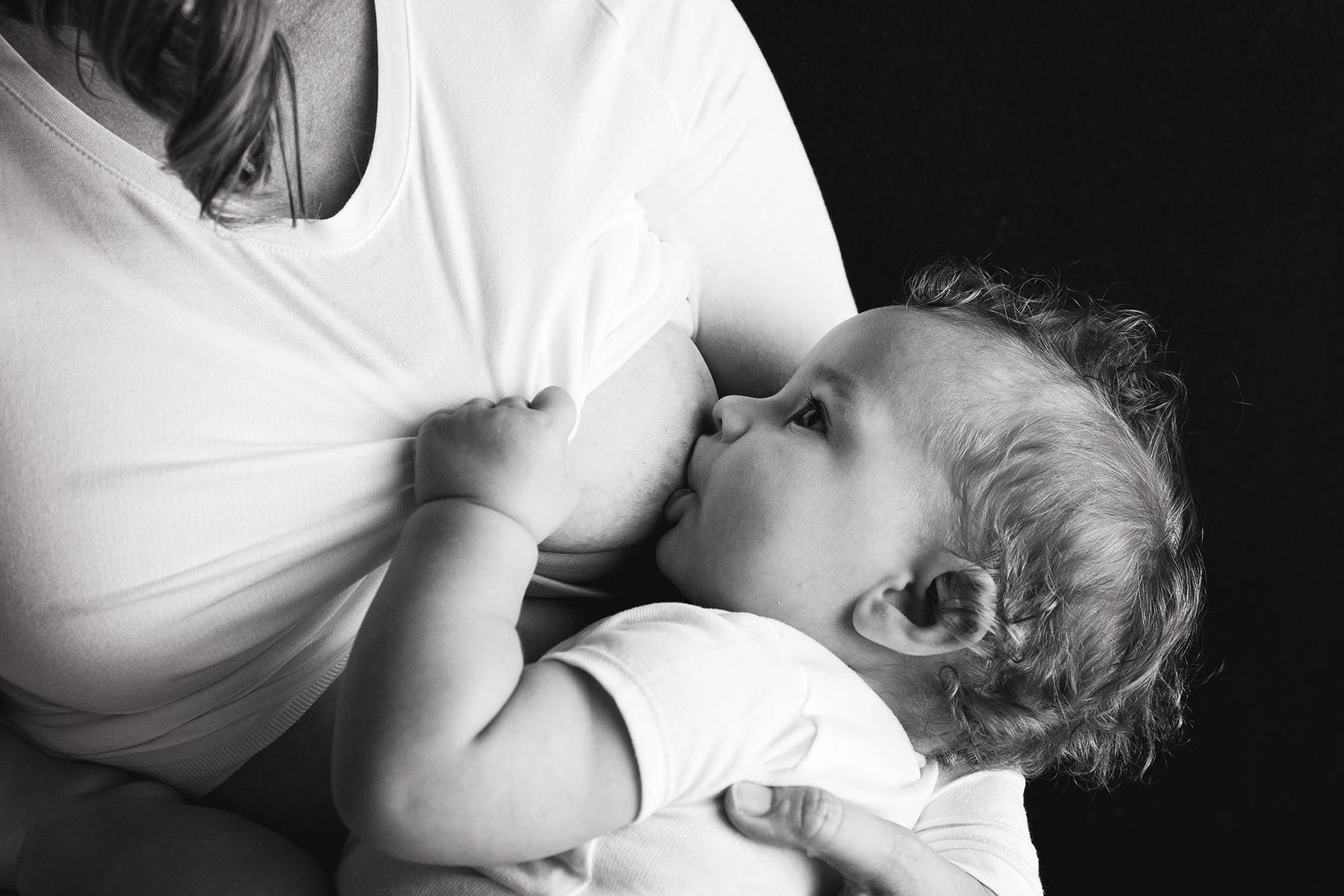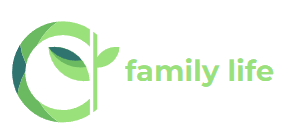
Tender breasts may seem normal when you're breastfeeding, but if they turn red and become painful, the real cause may be mastitis. This condition is caused by a bacterial infection in the breast. A whopping 10 percent of breastfeeding women develop mastitis, although such infections are not restricted just to nursing mothers. And if you are one of the unlucky few, mastitis infections do sometimes recur.
Knowing the symptoms, treatment options, and how to prevent mastitis in the first place can help keep a clogged milk duct from turning into something even more distressing.
The Causes of Mastitis
"There's skin bacteria on all parts of our body, and with breastfeeding, sometimes the nipples are cracked, which allows the bacteria to get into the tissue and the milk glands," says Tamika C. Auguste, M.D., FACOG, Ob-Gyn at MedStar Washington Hospital and associate professor of Ob-Gyn at Georgetown University. Once the bacteria enter the nipple, they can travel up the milk duct and cause an infection in the breast tissue itself.
Clogged ducts are another culprit, and they can be caused by a number of factors. These range from wearing a poorly fitted bra to incomplete emptying of the breast during feedings, according to Marcie Richardson, an Ob-Gyn who practices at Harvard Vanguard Medical Associates. "When the breast cannot drain properly because of an obstructed milk duct, the body's usual infection-fighting strategies don't work and bacteria can take hold," she explains.
Pamela Berens, M.D., an associate professor at the University of Texas at Houston and an Ob-Gyn at the University of Texas Health Science Center, likens this phenomenon to a bladder infection: Your urine is sterile, but if you're not emptying the bladder, you're more likely to get an infection. The same thing happens with breast milk. "Even though it's bacteriostatic— meaning it doesn't encourage the growth of bacteria — if milk isn't draining well and is sitting in the ducts, bacteria are more likely to breed and grow," she explains.
Mastitis Symptoms
Mastitis can make your breasts feel tender, swollen, and hot to the touch. It can even result in a hard, wedge-shaped mass in the breast tissue that is pointed toward the nipple. Many women even experience fever, body aches, chills, and general flu-like symptoms.
How to Prevent Mastitis
Although the infection can be hard to head off, the following tips can help prevent clogged milk ducts and mastitis:
If you have cracked nipples, Dr. Auguste encourages using a lanolin cream or vitamin E ointment, either of which can serve as a barrier to infection. It's also important to eat healthy foods, rest, and avoid stress as much as possible.
For women with recurrent blocked ducts, the international La Leche League recommends reducing saturated fat and sodium in the diet. The Canadian Breastfeeding Foundation recommends suggests taking a 1,200-mg capsule of lecithin, a dietary supplement derived from sunflower seeds, four times a day. (Or try one tablespoon of oral granular lecithin daily instead.) Sunflower lecithin is believed to reduce the thickness of breast milk by increasing the amount of polyunsaturated fatty acids in it—thereby making the milk less likely to clog ducts.
Home Mastitis Treatment
While mastitis may be hard on the mother, the good news is that you can't pass the infection to your baby. Some home remedies can help reduce breast engorgement. The La Leche League of Canada, for example, encourages the use of ice packs to reduce swelling.
Several studies have also evaluated the use of cabbage leaves—which are placed in the bra and serve as a sort of cold compress to reduce swelling—although with mixed results. Still, if you're eager to use cruciferous homeopathy, choose white versus red leaf cabbage as the darker leaf can stain clothing. Cut the heavy vein from the middle of a rinsed, refrigerated or room temperature cabbage leaf, and place it directly on the skin. Wear a bra or snug top over the leaves to keep them in place, removing them when they wilt or when it's time to feed your baby.
It's also critical to ensure your baby latches on to the breast and drains the affected breast entirely. If the baby cannot drain the breast, use a pump or hand press the breast to express it fully. Richardson also suggests nursing on the infected breast first, feeding often, massaging the breast while nursing, taking hot showers or using warm compresses on the breast, and pumping after nursing, if necessary. "All these things help keep the breast empty, which in turn helps the infection clear faster," she says.
Medical Mastitis Treatment
When swollen breasts progress beyond the engorgement phase and become hot, red, and infected – or the nipple cracks – women should turn to their doctors for mastitis. If left untreated, the infection could spread, and mastitis could turn into a breast abscess that requires surgical draining.
An antibiotic may also be required for mastitis treatment. "Mastitis is a known bacterial infection, and what treats bacterial infections are antibiotics," says Dr. Auguste. "The risk of letting mastitis go untreated or treated adequately are too high of forming a breast abscess. I would err on the side of real caution and take the antibiotics."
Meanwhile, it's also critical to keep nursing, get a lot of rest, and take it easy while you recover. While you may begin feeling better after a couple of days on medication, always take the entire prescription of antibiotics.

